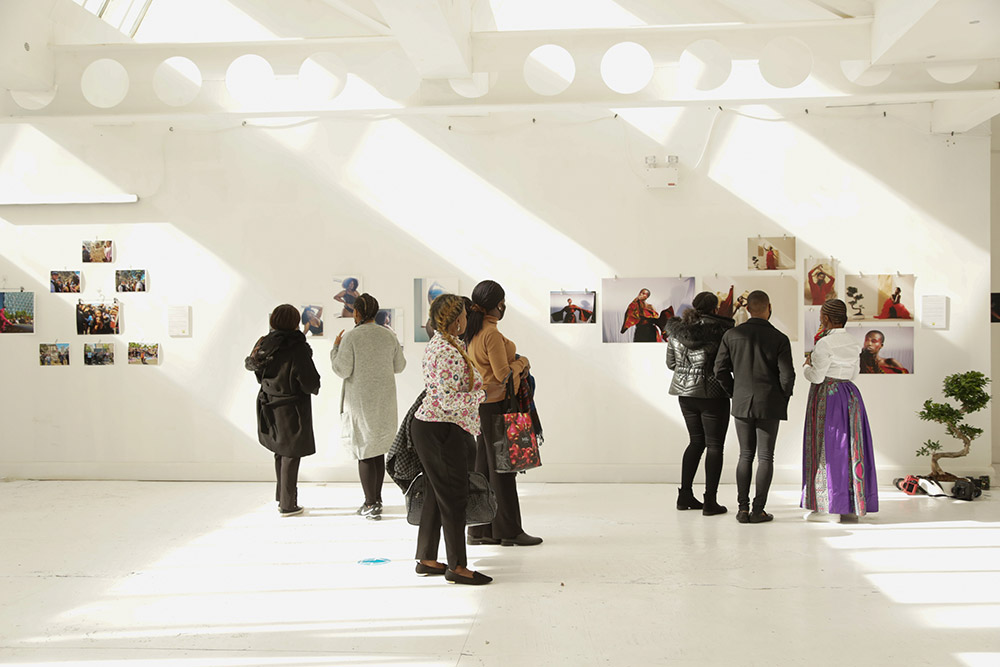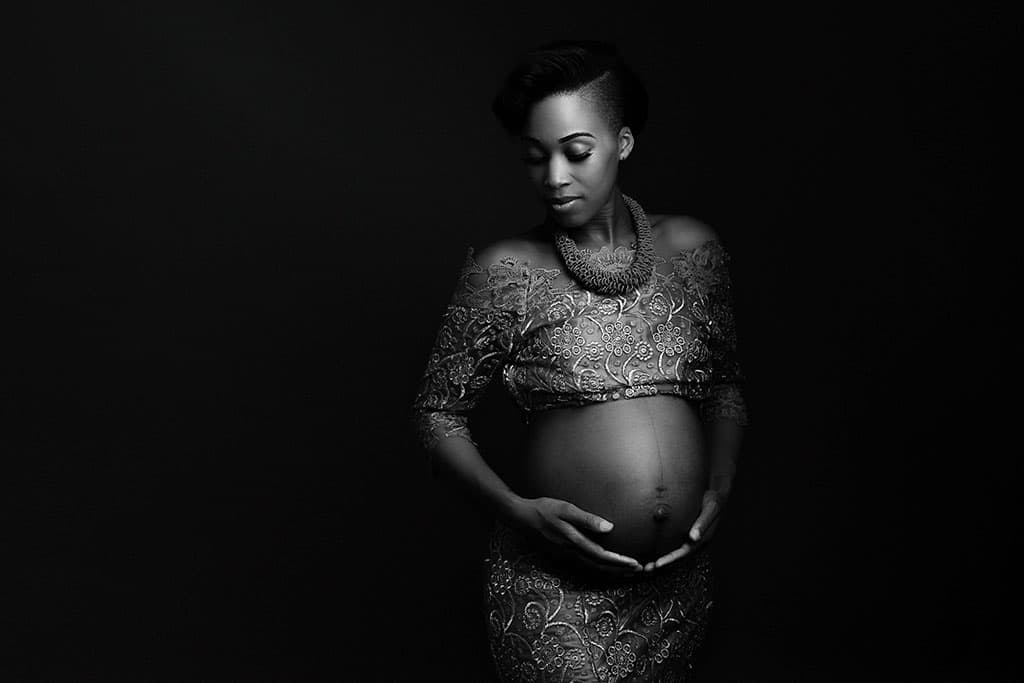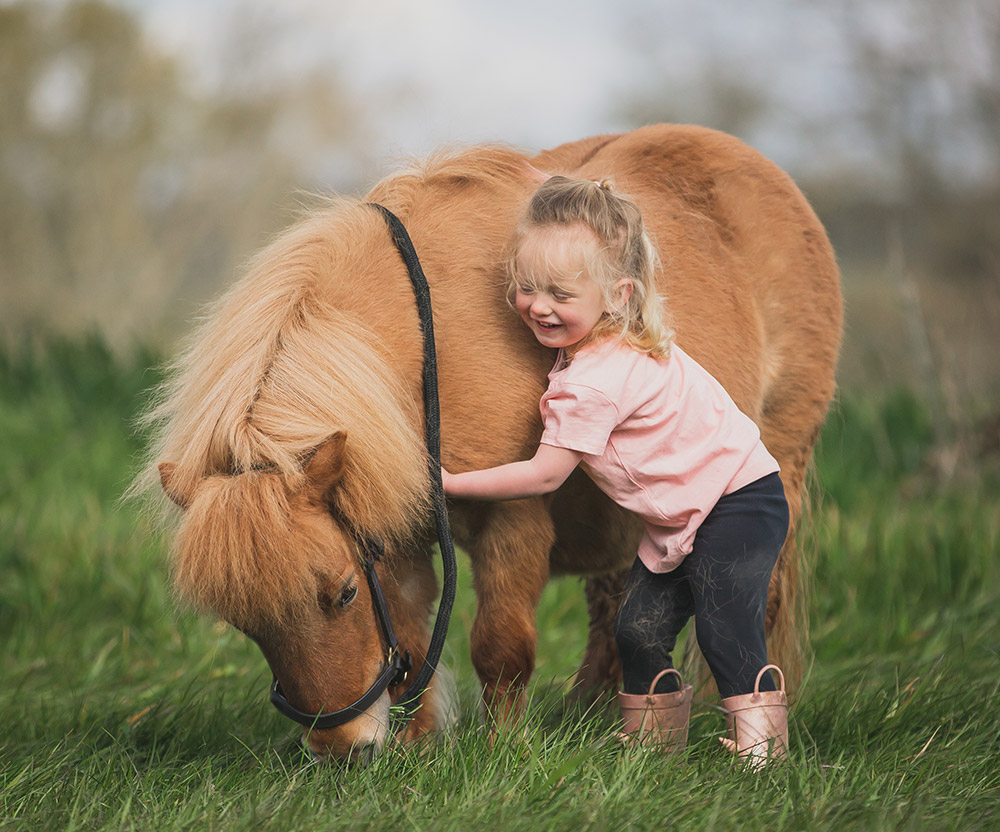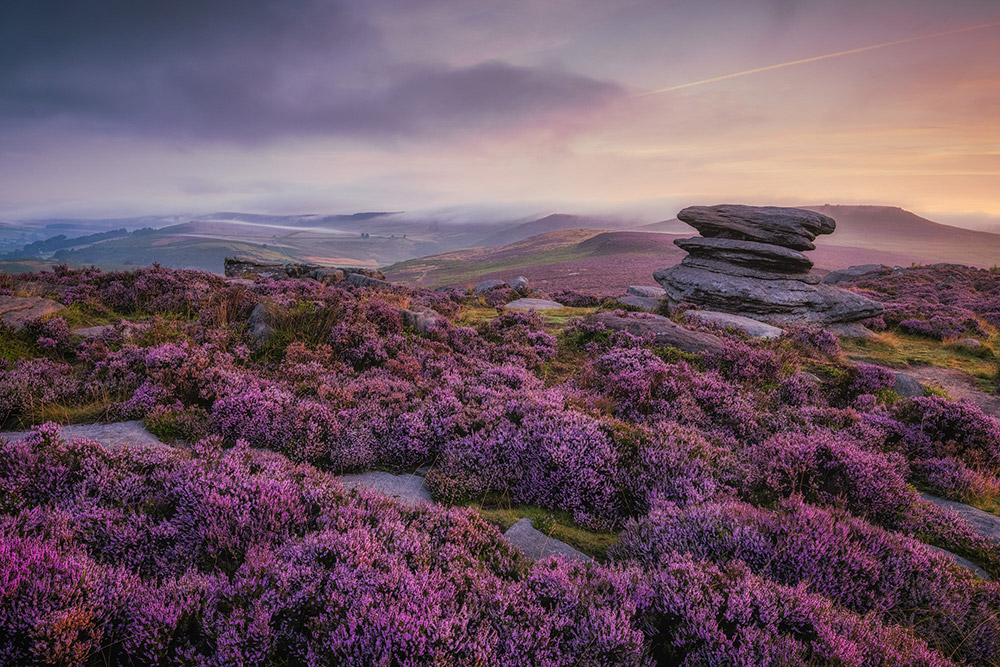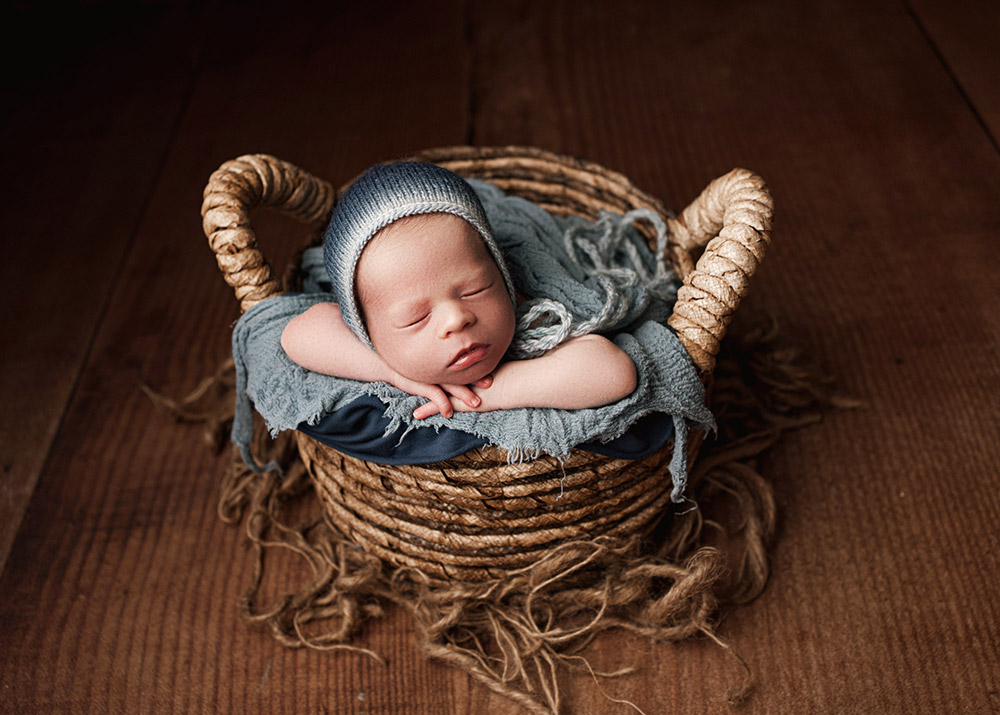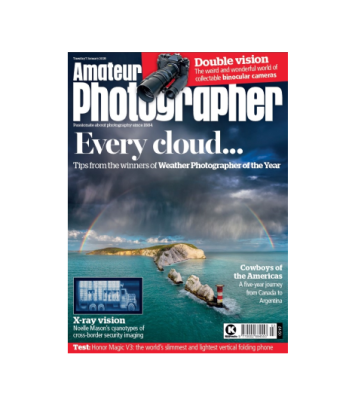Starting a photo business is a challenge, but don’t be put off. Successful shooters in a range of genres share some hard-won advice to make photography your career
Denise Maxwell – Multigenre
lensi.co.uk, @lensi_photography
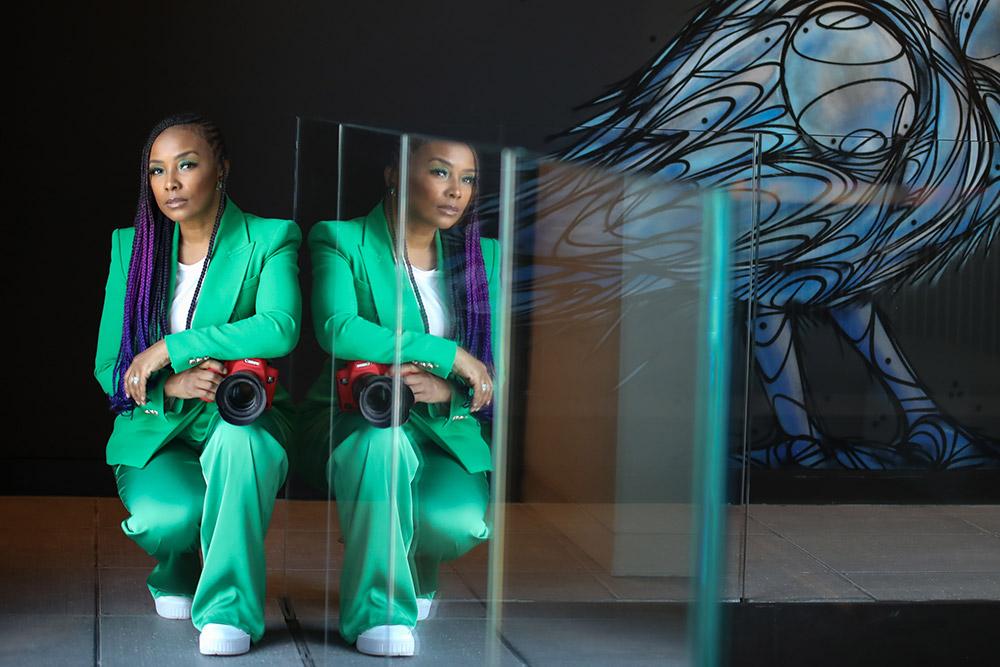
I describe myself as a multi-genre photographer, but I would say my style in each genre is similar – clean, energetic and vibrant. Many people have tried to put me off delivering my business in this way but I have now been going for 11 years. Never was it so useful than over the past two years with Covid.
I currently have a contract to shoot architecture for a local council; have just finished one for documentary work; for another, I take the prospectus images for a local university; and have a few music festival contracts, for example!
I know a lot more photographers doing well than those struggling. One colleague recently made her biggest sale in newborn photography, worth £2,300. But I have also seen businesses disappear. I think my success is a combination of hard work, social skills and delivering the goods. I also throw out lots of hooks, regardless of the outcome.
I am always applying for opportunities, exhibitions, practising, networking, keeping busy on social media and living photography – people need to be constantly reminded about what you do. The main skills the photography business owner needs are adaptability, to understand the different hats you need to wear, and be able to grow into these roles or contract them out – editing, or social media marketing, for instance.

Lauren Huggins diving for the ball in a PR and marketing image taken for the Commonwealth Games. Image: Denise Maxwell
You also need resilience as you will get a lot of ‘no’s. Understanding social media is key: we need to get our heads around how it works for us, as it is now our advertising. Instagram Reels are big at the moment; you create a video that needs to capture attention in seconds, but from this you can literally get thousands of views, thousands of new eyes on your work and services.
Denise’s top tips
- Without a portfolio and easily accessible examples of your work, it’s hard to compete.
- There are opportunities everywhere, especially with exhibiting. These can bring recognition, possibly a fee, and generate further commissions.
- To work out what you need to live, and help set pricing, split your target salary by 48 weeks (assuming you take some time off), then split this between how many days per week you want to work.
Tariq Zaidi – People, Documentary
tariqzaidi.com, Instagram @tariqzaidiphoto or Facebook @tariqzaidiphotography

Tariq is a freelance photographer based out of London. In 2014 he gave up an executive management position to pursue his passion for capturing people. His photography focuses on documenting social issues, inequality, traditions and endangered communities around the world. Tariq’s book, Sapeurs: Ladies and Gentleman of the Congo, can be ordered via the publisher.
Seven years ago Tariq Zaidi was working in the corporate world, and it was squeezing the life out of him. ‘I thought I was going to die,’ he recalls. ‘I needed to stop, to live and to do what I love.’ At this point Tariq didn’t have a computer or a ‘proper’ camera, but what he did have was a passion for travel and a desire to share the unique stories of the people he met along the way. As a result, he decided to give freelance photography a go.
‘A friend of mine who is a professional photographer in London said to me, “Do you know how hard it is? Here alone there is something like 22,000 photographers trying to make a living”,’ recalls Tariq. ‘He told me to make sure I had enough money to survive three to five years, because basically nothing was going to happen in that time.’
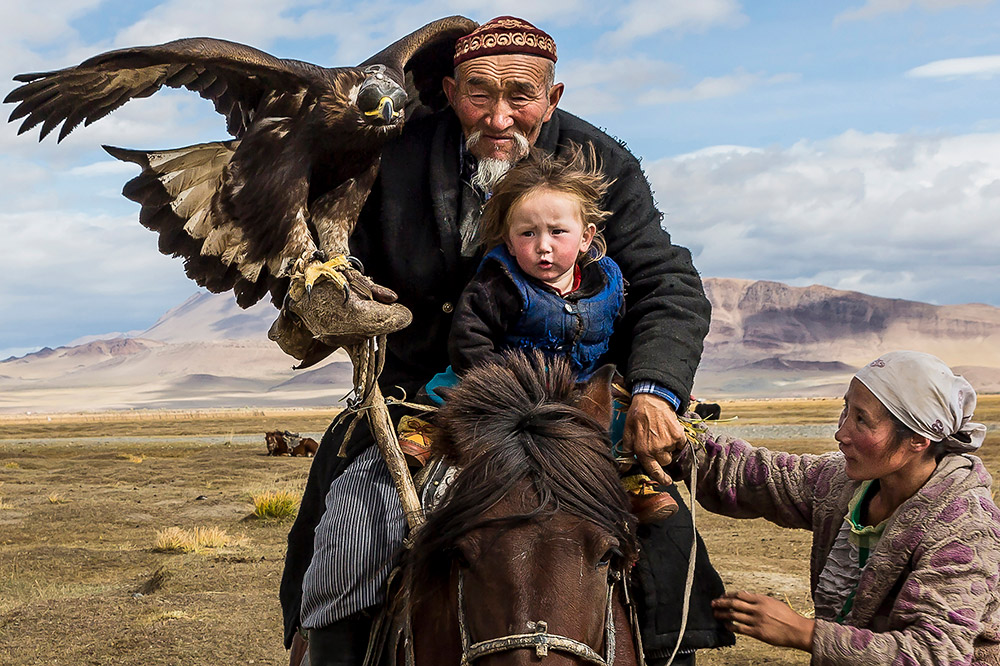
A woman makes sure that her child, the eagle hunter’s grandson, is safely secure. Hunting with eagles is practiced by a handful of Kyrgyz and Kazakhs in the Altai Mountains. Image: Tariq Zaidi
But Tariq needn’t have worried – it transpired that a career in the corporate world was actually quite helpful when it came to setting targets and budgets. Tariq gave himself five years to make a success of his new career, but within 12 months it was pretty obvious that he had made the right decision. ‘I was very lucky,’ he says. ‘I went on multiple assignments, I started teaching, I was getting stories published and people were buying my pictures.’
His target for year one was simply not to lose money, but he actually ended up in the black. ‘I made enough money to keep going for another year, and then another and another, and here we are today,’ he laughs. While his corporate career is firmly in the past, Tariq still finds himself drawing on the skills he learnt in his previous profession.
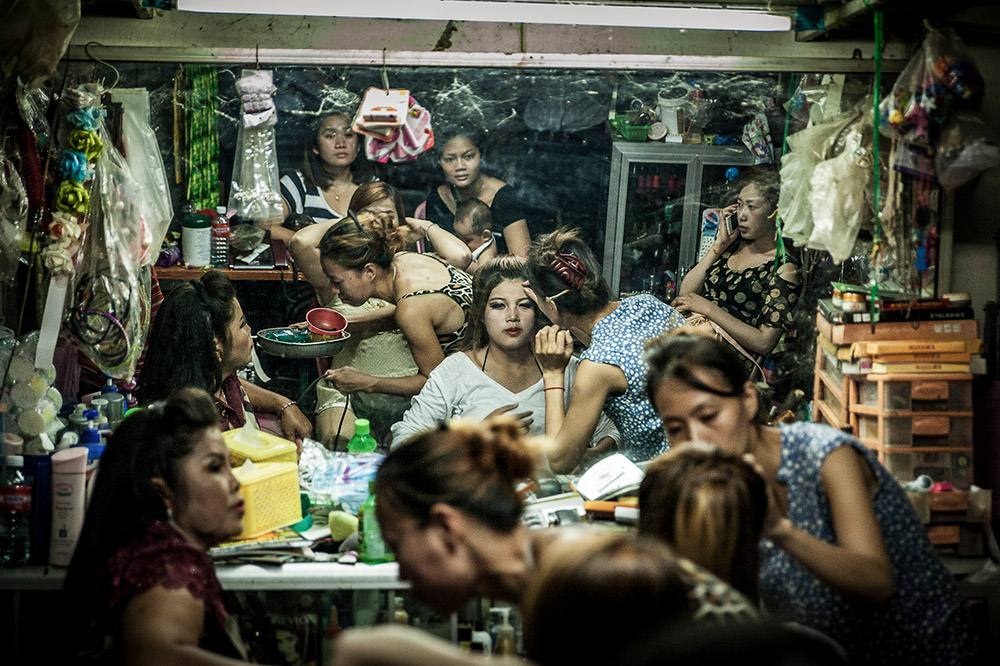
Female residents take the opportunity to socialise at the end of the day at the in-house beauty parlour on the ground floor of the White Building, Phnom Penh, Cambodia. Image: Tariq Zaidi
‘I feel comfortable in face-to-face meetings and I’m not scared of sending off 100 emails,’ he says. ‘If somebody says “no” I don’t take it personally; it’s just business.’ In fact, Tariq is keen to stress that the skills many of us learn in our working environment (regardless of the profession) can be transferred to freelance photography – if you know how to pitch an idea, deliver a presentation and carry out research then it seems you’re in a good place to start.
One of the things that Tariq wishes he had known before embarking on his new career is just how much work has to be undertaken before and after a trip. ‘Pre-travel includes a tremendous amount of research, logistics, budgeting, negotiations and talk between the photographer and the client to find out what they need,’ he reveals. ‘Post-travel tasks include editing, sequencing, post production, more research, captioning, story writing, sales, social media and meetings.’ In fact, Tariq estimates just 20% of his time is spent on location (with 3% taking pictures), while the remaining 80% is dedicated to more admin-related tasks.
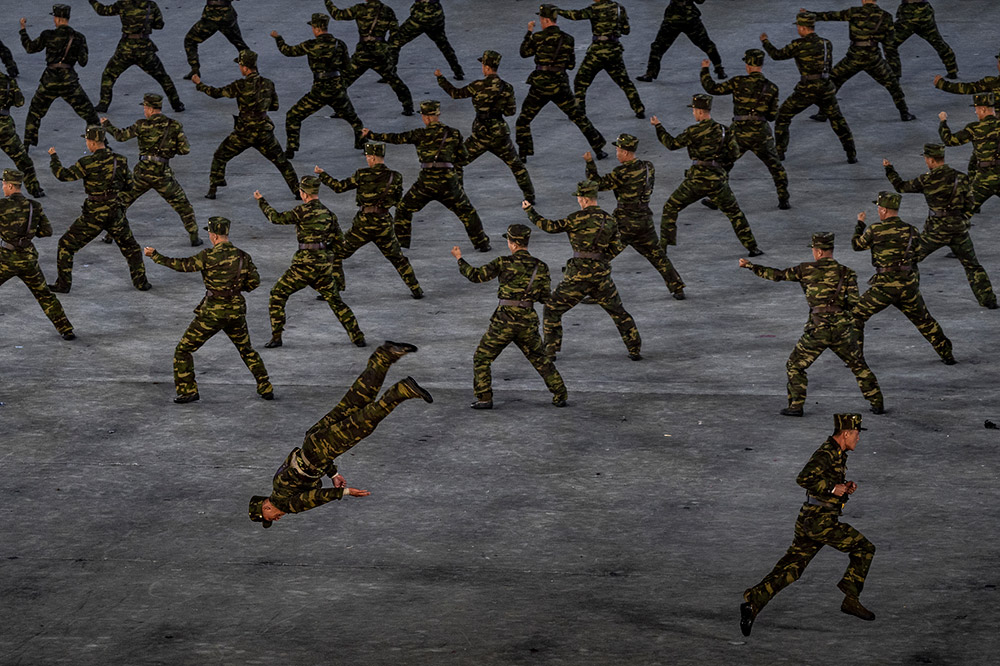
Men in military uniforms preform martial arts moves at the 2018 Mass Games entitled “The Glorious Country” at the Rungrado May Day Stadium, Pyongyang, North Korea. Image: Tariq Zaidi
‘That’s a huge reality check,’ he warns. ‘The glamour lasts a few seconds, days or weeks if you’re lucky; the rest is slogging away and doing the things you need to do to put the story together and prepare it for publication.’ Despite the lack of glamour, Tariq has clearly found his purpose, and obviously delights in sharing stories, lifestyles, traditions and cultures from around the globe. ‘I want to show people that we live in an amazing world, and while each location is different we are pretty much the same across cultures, boundaries and religions,’ he assures.
‘I want my work to show the dignity and humanity of people who have allowed me into their lives, irrespective of their environment or culture.’ It’s a noble cause, and one that Tariq hopes will give rise to greater empathy, respect and understanding – there can’t be many better reasons to quit your day job and pursue your dream.
Tariq’s top tips
- Keep everything you do personal, honest and true to you.
- Always be respectful and thankful to the people in your photographs – they have allowed you to get close to them and capture an intimate moment from their lives, so thank them in whatever way you can.
- There is always more to learn, and that’s a good thing.
Jessica McGovern – Dogs
thattogspot.com, @thatdogspotphoto
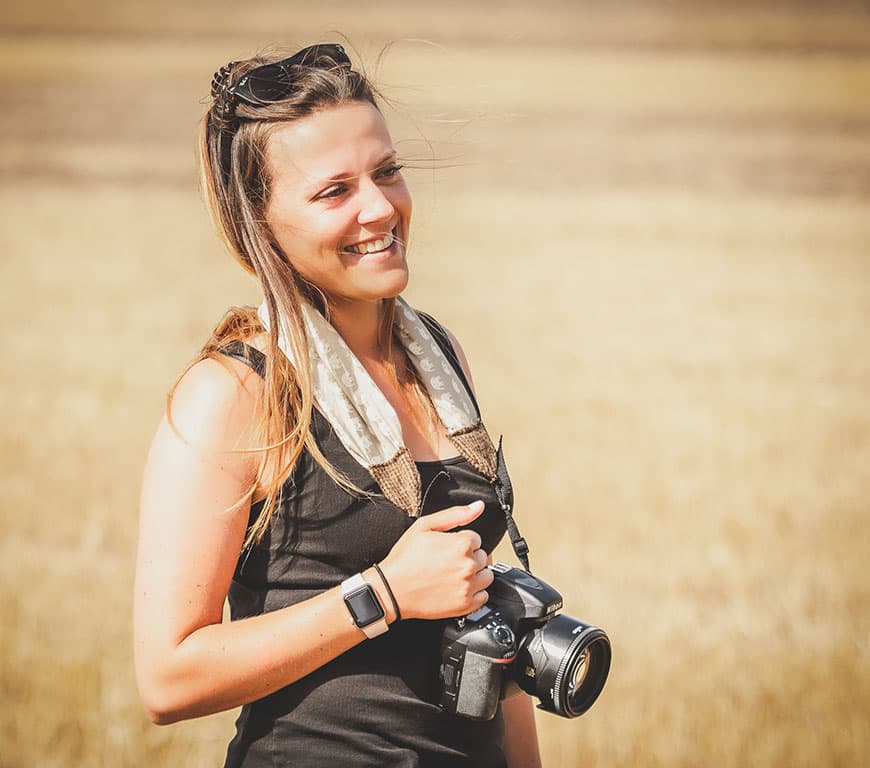
Jessica McGovern started her photography business when she was just 16, and was soon gaining international recognition for her work. Her photos have appeared on billboards, food packaging, magazine and book covers.
Jessica was just 14 when she was given a DSLR for Christmas and started taking pictures of the family dog, a Labrador named Tess. With her model close at hand, she read everything she could on online forums, blogs and in magazine articles, and began teaching Tess tricks for photographs. The following year she started selling images via Shutterstock and soon after she was accepting bookings for dog portraits.

This shot of Alfie was taken in the dark depths of a forest, pushing Jessica’s equipment to the limits. ‘Alfie is my best friend and the best model,’ says Jessica. Image: Jessica McGovern
For Jessica, the innocence and purity of animals is a big draw. ‘There is something freeing and unguarded about working with animals that I’ve never felt when working with humans,’ she says. ‘I enjoy commercial on-location photography too, but it doesn’t make me grin from ear-to-ear like knowing that I’ve got “the shot” with an unruly dog.’ By the time she passed her driving test at 17 Jessica was running a profitable business, and promptly dropped out of university to apply herself to it full time.
‘It was a great test of my grit and resolve, because nobody took me seriously,’ she recalls. ‘When I started out the biggest challenge was down to my age: it was hard to gain credibility, and landing jobs without word of mouth was tough.’
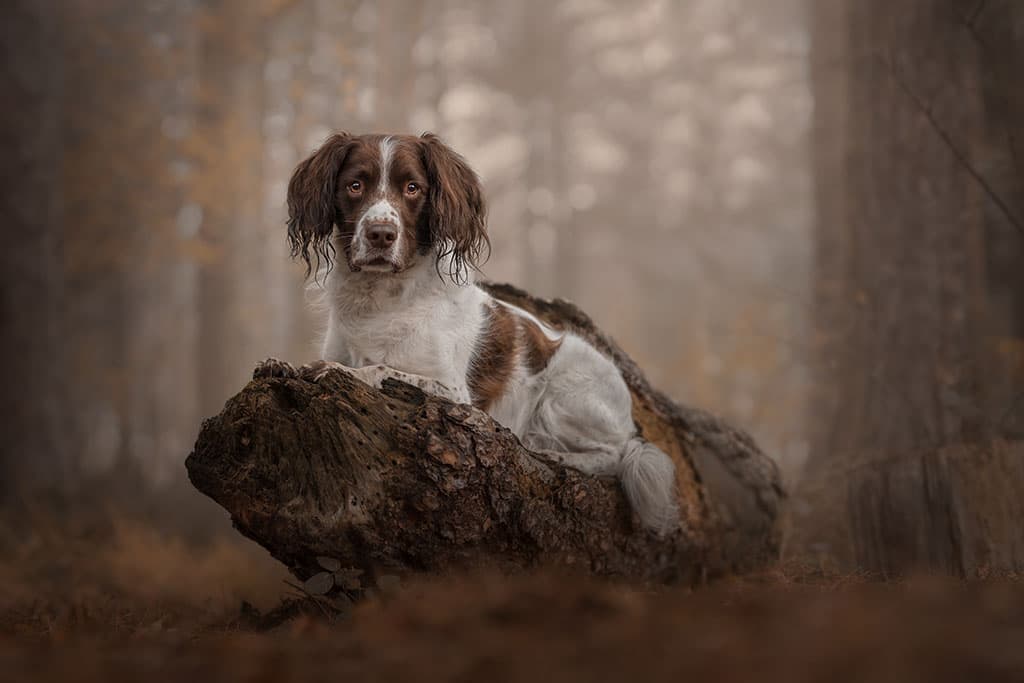
Ben is nine and has various health issues. Despite this, ‘he is the happiest, craziest, funniest little guy on the planet,’ says Jessica. Image: Jessica McGovern
But Jessica was determined to make it work, and within a few months she was running in-person sales sessions, taking upwards of £1,000 per sitting. Unfortunately, her finances received a serious blow when she moved to a lower economically viable area. ‘The difference it made to my business was crazy,’ she says. ‘It became very difficult for me to maintain the average order value, and I ended up switching print suppliers to retain margins.’
A series of personal events left Jessica in search of security and stability, so she decided to take her career down a different path – entering the world of marketing and design. Now she divides her time between running her own marketing agency, shooting animal portraits and filming her popular YouTube channel. ‘I love the variety of my life at the moment,’ she reveals. ‘In the morning I can be on a call with an international brand discussing upcoming campaigns; and in the afternoon I can be in the woods, lying in the mud, photographing a spaniel.’
Balancing this diverse workload might be tricky were it not for Jessica’s incredible work ethic – some days she can be at the computer for 14 hours, spinning multiple plates. ‘I’m good at organising work, prioritising and maximising productivity, so I can get a fair amount done in short chunks of time,’ she explains. Having launched a business at such an early age, Jessica has learnt a few things the hard way. ‘I wish I’d listened to people who run successful businesses instead of those who don’t,’ she admits.
‘I also wish that I had invested in education to fill gaps in my knowledge when I needed to. There’s a lot of value in well-run workshops from a working professional… nobody can do it all alone and it’s okay to need help sometimes!’ In fact, training and education is something that Jessica is keen to offer to others. In those formative years much of her knowledge came from generous individuals on the internet, so she’s determined to give something back.
‘I’ve never forgotten those people who gave their time to help me, so when I had the technology, skills and knowledge to do the same it seemed like a no-brainer to give back to the tuition space,’ she reveals. Anyone who’s watched one of her YouTube videos will know that she is happy to share her hard-won knowledge. ‘If I know I’ve helped one person today then today was a good day,’ she concludes.
Jessica’s top tips
- Preparation is key. If you haven’t run your own business before then make sure that you save around six-months income before you make the jump – it can take up to a year to build momentum.
- If you’re looking at weddings or portraits as income streams, focus on in-person sales to show clients images and receive orders. The difference in revenue between online galleries and correctly done in-person sales sessions is significant.
- Make sure your shooting skills are solid before going pro. Ask for critique and take note of any comments offered by people ahead of you on your journey
or people whose work you admire.
Kav Dadfar – Travel
jrnymag.com, @dadfar_photography @jrnymag
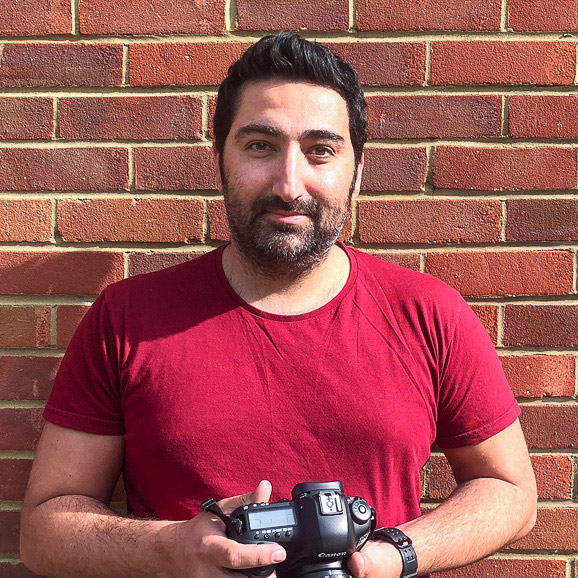
Travel photography hasn’t exactly ‘recovered’ after Covid as things have been declining for years, but since March a lot of magazines, PR agencies and tourist boards are pushing destinations. So there are opportunities. My clients have a bit more budget and are more open to pitches. If you can write as well, that hugely enhances your chances of getting work.
If you want to get into editorial travel photography, it’s about networking – contacting picture editors and getting on their radar by talking about the coverage you’ve had, your expertise, any awards you’ve won. You need a fantastic portfolio of work and it’s best displayed on a website, so it can be easily browsed by a picture editor or art buyer.

Mae Hong Son, Thailand. ‘This was my highest single sale price ever, fetching four figures, and was used in a large size at a travel event in the US’. Image: Kav Dadfar
Don’t go in all guns blazing asking to get sent to Africa, it won’t happen until they trust you: rather, build the relationships over time and start by selling a few images. Social media works in a different way – it’s best used to target and tag specific brands that you really want to work with. I don’t know many picture editors who use Instagram to hire photographers: I also co-publish a travel magazine called JRNY and sometimes Instagram pictures aren’t high-resolution enough to use in print. Remember too, the more touristy destinations tend to sell better as they get the most media attention.
Kav’s top tips
- Travel photography is a business – it’s not about subsidising trips to places you want to visit. Have a business plan.
- Attend travel trade shows to meet tourist boards, PR agencies and, tour operators. I still get work from contacts I made years ago.
- There are still opportunities for tours and workshops, but it will take a number of years to build up a big enough mailing list and grow your website content.
Donna Crous – Food
donnacrous.com, @donnacrous
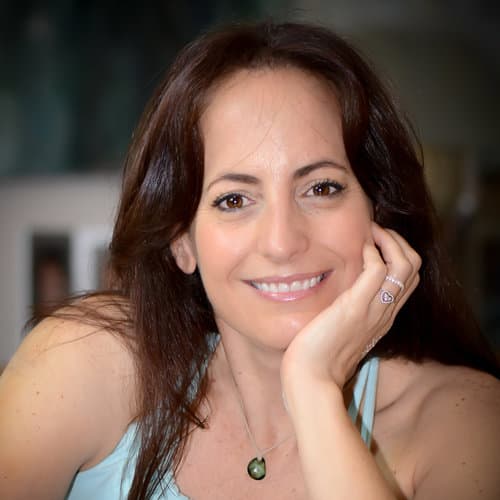
Reaching successive finals of the Pink Lady Food Photographer of the Year competition was a great springboard for starting a food photography business. You are taken more seriously. It made me stand out in the industry and it also gave me confidence to charge market prices without feeling like an imposter.
I felt I couldn’t charge what more experienced and professional photographers were asking.
My main marketing strategy is to keep my existing clients happy and getting them to return. These are my ‘gold’ customers. In the food industry it’s much easier to work with returning clients than if I were, say, a maternity or wedding photographer. When it comes to social media, I only really use Instagram and ccasionally Facebook.
Instagram provides a great instant portfolio. If there is a brand that I particularly want to work with, I’ll shoot an image using their product and share it on my account. I’ll also tag them in the caption and on the image. If I don’t have an image to tag, then sending them a genuine message is a great way to get noticed. Some of my oldest and favourite clients have come through this method. There are so many small brands that are desperate for photography and content for social media.
Aligning with a brand that has a similar aesthetic and culture which gives both photographer and brand space to grow is key.
Donna’s top tips
- Start small and local. If a client doesn’t have a budget for all that they are asking, instead of lowering your fee to match, drop some of the expected ‘deliverables.’ Never work for exposure or free samples!
- Food magazines, cookery books, creating content for social media or shooting food for restaurants – these are all great areas for food photography businesses to explore.
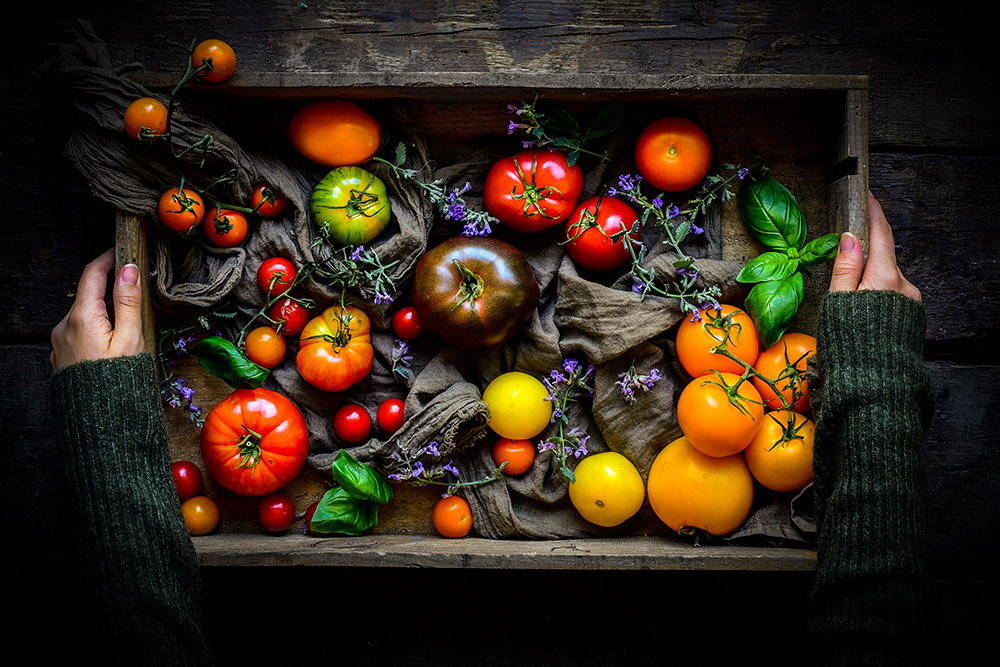
A finalist in the Cream of the Crop category, Pink Lady Food Photographer of the Year, 2019. Image: Donna Crous
Neil Bremner – Products
madeportraits.com, @madeportraits

I got into product photography when I was assisting commercial photographers. I later moved into family portraiture, but started building up the product side again. I was lucky in that a mineral water company was next door to my studio, so instantly I had a client. To branch out, I started going to networking events in the area, particularly with an organisation called BNI.
It wasn’t cheap but a couple of years of meetings brought in over £12,000 of work. I’ve also found LinkedIn really helpful for product work. Instagram will get images seen and raise your profile, but LinkedIn is where marketing and ad agencies will see you. Smaller businesses are more likely to find you on Instagram. This year I have three quite significant jobs from LinkedIn, one with a company that specialises in security and another that makes gym gear for luxury yachts.
I also won the MPA Commercial Photographer of the Year award in January, and they contacted me on the basis of that. Other regional awards from the MPA have generated interest from clients, too. Awards are great marketing if you post on the social media where your clients are likely to be. In terms of gear investment, I was lucky to have lights for product shoots from my portrait business, but to be honest, my most-used piece of gear for products is a frame over which I attached tracing paper to – it makes diffusing the light for bottles, jewellery etc, really easy.
Neil’s top tips
- This year will be big for product photography. Businesses always need to market their products, especially during the tough times at the moment, so it’s a great time to move into this area.
- Joining a pro photography society such as the MPA or SWPP is well worth it – as well as getting recognition via distinctions, they are great for networking.and training.
Tianna J Williams – Maternity and newborns
tiannajwilliamsphotography.co.uk, @tiannajwilliamsphotography
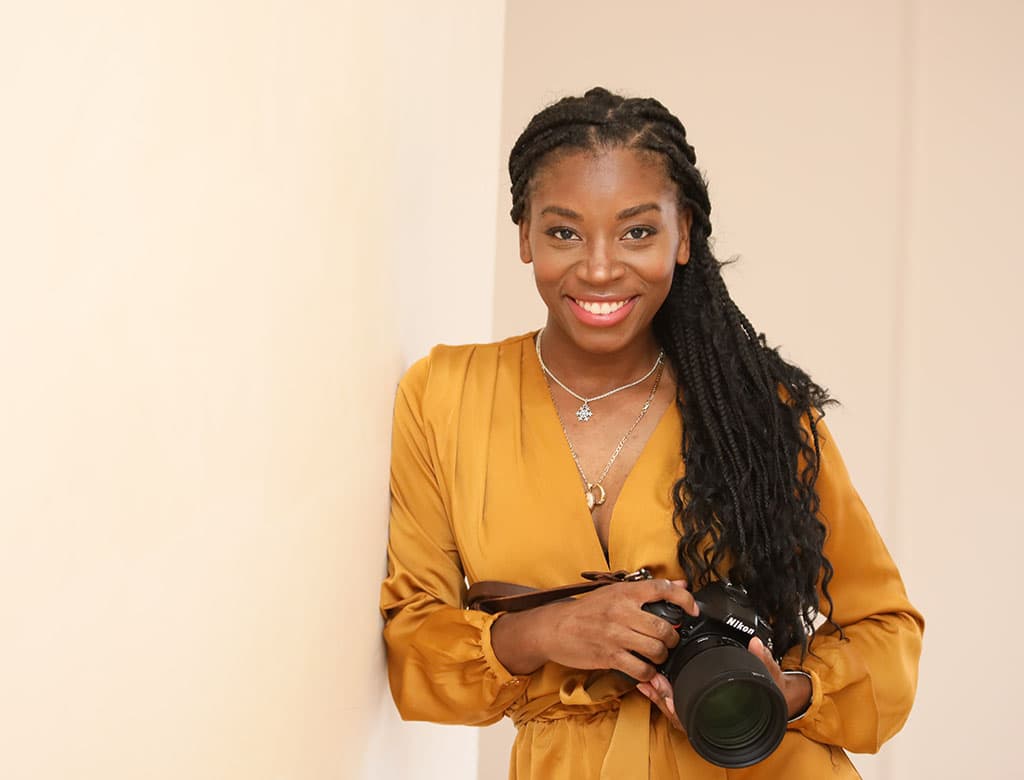
Tianna switched careers from midwifery to photographer just three years ago. Currently focusing on maternity, newborn and weddings (with plans to expand into beauty and boudoir), she relishes the opportunity to share the stories of those she meets via her photos.
When Tianna J Williams was on maternity leave with her first child, Olivia, a friend of hers invited her to join a Facebook group populated with newborn photographers. ‘It sounds silly now, considering it’s so popular, but I just didn’t realise that you could book a photographer to take pictures of your child,’ she laughs. The pictures she saw struck a chord with her, but when her maternity leave ended in 2017 she returned to her job as a midwife.

It’s always rewarding for Tianna when a maternity client returns for a shoot with her perfect little newborn. Image: Tianna J Williams
When Olivia was 18 months old, however, Tianna had a particularly bad shift at work and her frustration came to a head. ‘I just thought I can’t do this any more, so I picked up my bag and coat, went to the manager and said, “I’m off. I’m really sorry”,’ she recalls.
By now Tianna had been toying with the idea of becoming a photographer for some time, but her original plan had been to run the business alongside part-time work as a disability assessor (a job she had accepted before the shift from hell.) However, ‘part-time’ ended up being more like 70 hours a week, and Tianna found juggling the role alongside her responsibilities as a mother exhausting. ‘I was always tired and I just thought, this is not a life!’ she explains. As a result, she ‘rage quit’ just before Christmas.
Just weeks later she discovered that she was pregnant again. ‘I thought, okay, you’ve just quit your job, you’ve got another baby on the way and a business you don’t know how to run,’ she says, ‘so I threw myself into it, and it has gone from strength to strength!’
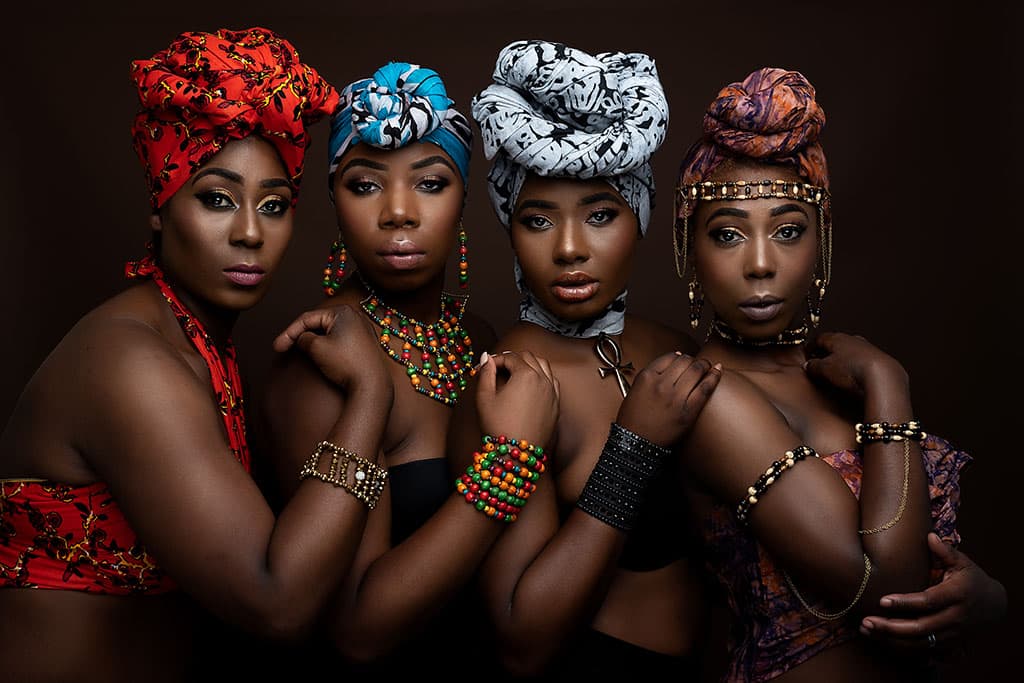
This image, which won Gold at the Society of Photographers, is from a personal project about celebrating the beauty of black women. Image: Tianna J Williams
But Tianna didn’t become a successful wedding, maternity and newborn photographer by hard graft alone; she also utilises the people skills she developed as a nurse and midwife to ensure her subjects feel comfortable, safe and empowered. ‘Working as a midwife you get to know women in such a short space of time, and they tell you their stories,’ she explains. ‘It’s a privilege – for someone to trust you in that way, and to give so much of themselves is just magical.’
Tianna has fond memories of her time as a midwife, and admits that were it not for the politics she might consider returning to the profession someday, albeit part time. But for now she’s thoroughly enjoying the flexibility of working for herself. Tianna has even found a way of conjuring up the feelings she experienced while delivering babies. ‘I want to capture and show the same beauty I see in women when they are giving birth,’ she reveals.
‘I love it. It gives me the same buzz I got working as a midwife, without the added pressure!’ Some clients also take the opportunity to quiz Tianna about all things baby related, and that’s fine with her. ‘I like to build up more of a friendship with my clients, so I will happily chat about labour and birth from a mum-to-mum perspective and a professional viewpoint,’ she explains. ‘If I don’t know the answer I’ll point them in the direction of someone who does.’
To begin with, Tianna wrapped Zara (her second daughter) in a sling and wore her during photo shoots. To her surprise, this helped to spark conversation and build trust between her and her clients. But not everything came as easily in those early days. ‘I enjoyed the journey, but it was hard,’ she admits. ‘Learning how to run a business is probably the most difficult thing I’ve ever done.’ For one thing, Tianna struggled with the realisation that taking pictures was a very small part of the process, for example.
‘I just wanted to be creative,’ she recalls, ‘but it comes second to knowing how you are going to actually survive! Learning how to market herself has been crucial to Tianna’s success, and she urges any photographers who are on a similar path to use their websites and social media to help establish trust. ‘All of those little bits add up,’ she says, ‘and that’s what will get you to the creative part at the end.’
Tianna’s top tips
- Learn about the business and marketing side, because trying to make up for that later is really challenging. Figure out who your ideal client is, as it really helps you to home in on who you want to photograph.
- Don’t feel that you have to buy loads of props. When clients come to you it’s because they want to be photographed by you, and that’s all they are going to see when they look at the pictures. Get a few small pieces you really love, because then you’ll get comfortable using them.
- Enjoy it! Running a photography business is fun. Don’t feel that you have to do what everyone else is doing – if there’s something you love and you want to learn, then go for it. Don’t worry about trends.
Lucy Newson – Rural Lifestyle
lucynewsonphotography.co.uk, @lucynewsonphotography
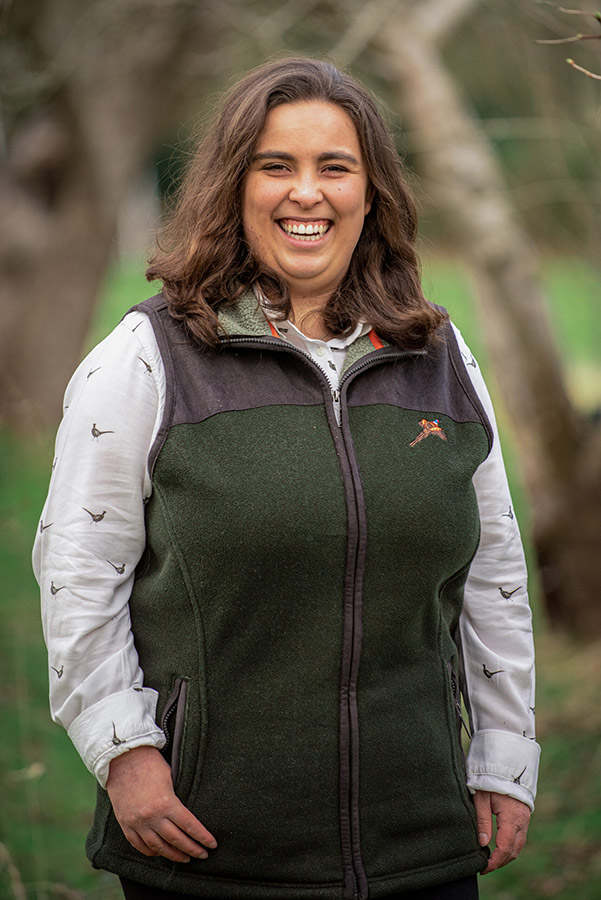
I don’t know many photographers who do what I do, and my clients are varied – they could be a farmer who’s diversified, rural businesses after promo shots, or a family with a lot of animals and land. I’ll capture formal portraits, lifestyle imagery and business shots – I offer an all-encompassing experience. I started this side as the pandemic kicked in but it’s going well. Everyone wants the country life, after all!
I learned the basics while working at a photography studio, and have found a great mentor, something I think is really important. Today you need to be able to adapt and diversify, you’ve got to think why clients would want to book you and invest in the camera and video technology you need. You have to be a strong marketer – the opportunities have grown massively.
But you have to market in the right way. It’s about what I can do for my clients – I try and solve clients’ problems and save them time, and I changed my marketing accordingly. My target clients are already interested in art and photography, but I’ve found one challenge is convincing them to appear in front of the camera. They are happy with their kids and animals being in, not always them.
My target market is on Instagram, where 60% of my clients come from. I look for organic growth and word of mouth. I used to post every day but I’ve found more success in being ‘social’ on social media – doing stories, commenting on posts, direct messaging them in a friendly way, and suchlike. I post Instagram Stories a few times a week – the algorithm changes so you need to experiment.
Frames and albums are a great way to add value to clients and boost your margins. I look for the highest quality products and market them as family heirlooms. I also enjoy designing photobooks, which helps. This is another way you can add value.
Lucy’s top tips
- Drone photography is going to get huge as most things have been captured from the ground. It’s worth getting the necessary qualifications.
- I travel the whole of the UK, which is a selling point. I’m also happy to spend days on a photoshoot. What is your unique selling point?
Verity Milligan – Landscapes, Cityscapes and Interiors
veritymilliganphotography.com, @veritymilligan
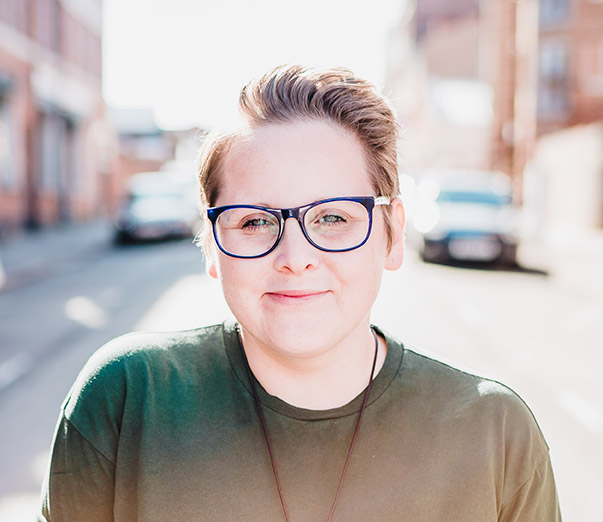
Most of my income comes from commercial/corporate work which does sometimes include landscapes, but also can range from architectural photography to interiors, advertising and corporate lifestyle. My urban landscapes are still the most popular in terms of licensing revenue and make up a proportion of print sales too. I’m comfortable working commercially to fund my personal work.
I don’t really have a marketing strategy as such: I share my work, and what I love taking photos of, and people see my work on social media and contact me regarding commissions. It’s been a completely holistic process. Only recently have I started bidding for tenders which has been a real learning curve. My advice is to get really good at what you do, and share it; if it’s done from a place of joy and authenticity then others will respond. The downside is that those jobs might not always be landscape-based.
Still, If you’re driven and passionate about the landscape, there are plenty of opportunities to create outlets. YouTube is a prime example of how to get your name out there, along with new technology such as TikTok. Social media is pushing towards video, which I know can be frightening, but there are ways to incorporate the two.
As for workshops, they’ve been hit hard by the cost-of-living crisis and it’s not something I can rely on in the same way I did last year. Workshops probably need to evolve to meet the needs of the next generation of participants and I have some ideas. To succeed in business, prepare to always be learning and be prepared to fail. Most of all though, have fun.You have the privilege of sharing this beautiful world with others.
Verity’s top tips
- LinkedIn is a particularly good way to engage with local businesses. I still get a lot of work around Birmingham.
- Add strings to your bow: I’ve never been under the illusion that my love for landscape alone could sustain me financially.
- Enter competitions – you never know how you’ll do and if you get commended that can be a huge boost to your profile.
Maddy Rogers -Newborns
maddyrogers-photography.co.uk, @maddyrogersphotography
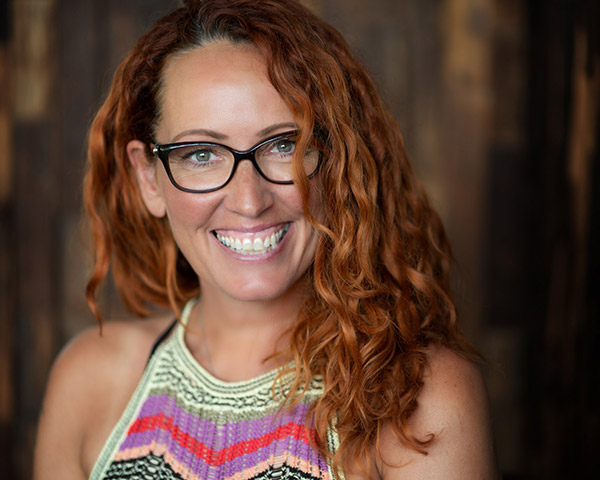
There is a shift in priorities for families right now, and everyone is feeling the pinch. But as newborn photographers we have the edge. With the correct marketing strategies, adaptability and making sure I stand out from the crowd, I’m still seeing a steady stream of babies through the door! But business does not simply happen because you’re able to take a good photograph.

Maddy’s image won her Digital Newborn Photographer of the Year 2021 at The Newborn and Portrait Show. Image: Maddy Rogers
People too often assume their photos will sell themselves, so all they need to do is be as good as those at the top. So, many invest heavily in newborn photo training (which I also offer) but neglect the business and marketing side of things; others worry too much about creating a business before being ready for it in terms of skill. A large part of it is also creating a style that is unique – as that makes you irreplaceable.
When it comes to marketing strategies I believe you need someone with in-depth knowledge to help. Your job is being the best at your craft, not being a marketing agency. You must also look at marketing as a whole. The idea that the world is divided in ‘websites’ vs ‘social media’ vs ‘word of mouth’ is not applicable any more. Sure, different platforms give you a different type of lead, but to be ahead of the competition you need to look at how the different pieces of your marketing work together.
Ultimately, very few people choose to book with me based on what they see on one page. They will move cross-platform, check my reviews, compare me with others… so you are only ever as strong (from a marketing perspective) as your weakest platform. Word of mouth referrals are very important too.
Maddy’s top tips
- Attend events, such as the Newborn and Portrait Show. You’ll make contacts and learn skills.
- With so many great props and backdrops available, it’s never been easier to create a unique style and stand out to your ideal client.
- My pricing is based on how much I want to make, and what works with my ideal clients. It’s clearly visible on my website.
James Musselwhite – Portraits and weddings

I’ve worked in a studio so I had a grounding in marketing and pricing. The hardest bit for me has been client acquisition. The photography itself sits relatively low on the pecking order with social photography, like weddings – people buy people. So a personal connection with seeing your face or hearing your words is crucial. You really need to be able to identify how to quickly grab someone’s attention.
A lot of photographers don’t appreciate that you need a ‘scroll stopper’ – something that stops people on their phones – and this must come through in your marketing online, after you have worked out who you are trying to appeal to. Joining a business networking organisation makes sense, because most businesses could benefit from commissioning photography at some point.
With social media, we are finding that we are having more success with Instagram through Reels. So it’s a mix between Instagram and Facebook. The key thing is don’t try to do all the platforms at once, as it can be very time-consuming with the scheduling – think about your customer, their demographic, and work out what platform they’re most likely using. The great thing about weddings is you can add value at every stage through albums etc. You must understand the value of what you are giving customers. It’s an emotive process and you really can add value.
James’s top tips
- There are lots of opportunities with corporate photography; firms need quality stills and video for marketing.
- Get your costs down – understand what is going in and what is going out.
- Don’t put all your back catalogue online. You need to identify what type of photographer you are. I do quite varied work, from weddings to wrestlers, but it’s all ‘impactful photography.’
Related articles:
How to make money through alternatives to stock photography



